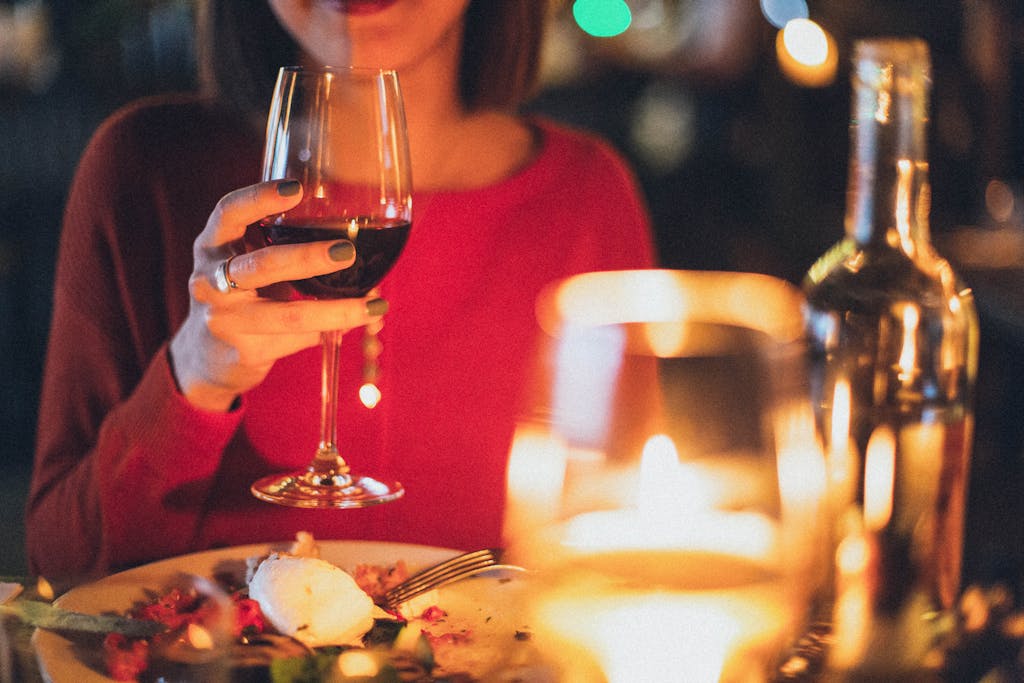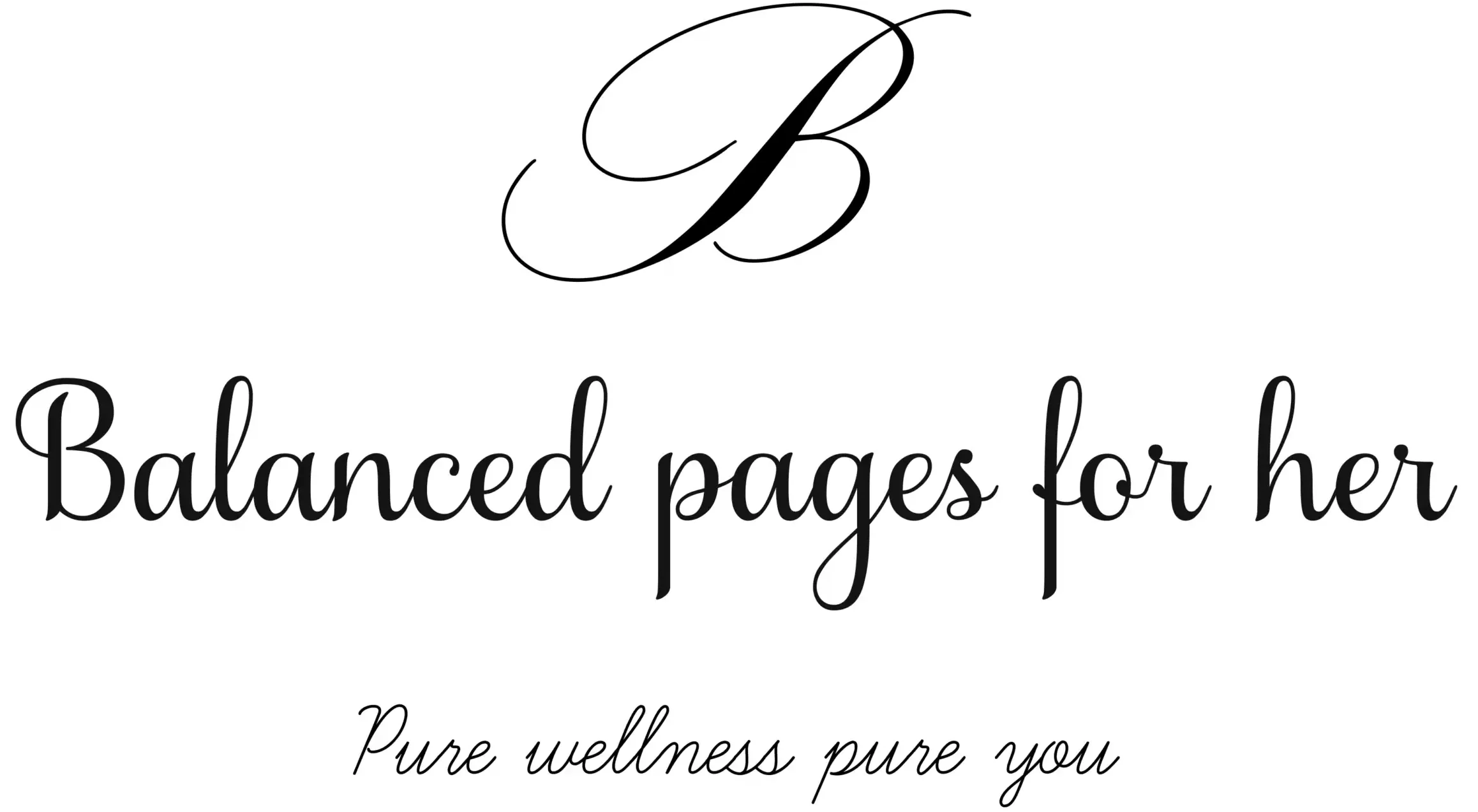Alcohol and Breast Cancer Risk: The Hidden Truth in Your Glass

The Hidden Risk: Alcohol and Breast Cancer
Breast cancer is one of the most common cancers affecting women worldwide. While many people are aware of genetic, hormonal, and lifestyle risk factors, fewer recognize how alcohol consumption plays a clear and measurable role in raising breast cancer risk. In this post, we’ll explore the evidence, statistics, and mechanisms behind this link—and what women might do to reduce risk.
Alcohol: A Known Carcinogen
A crucial starting point is this fact: alcohol is classified as a Group 1 carcinogen by the International Agency for Research on Cancer (IARC), part of the World Health Organization.
“Group 1” is the highest classification, reserved for substances with clear and convincing evidence of causing cancer in humans. Other members of this group include asbestos, tobacco, and radiation. That means alcohol isn’t just a “possible” or “probable” risk—it’s proven to cause cancer.
While many people think only heavy drinking is dangerous, research shows that any amount of alcohol carries some level of cancer risk.
What the Research Says
Alcohol is one of several cancers associated with drinking
Alcohol consumption has been conclusively linked with increased risks of at least seven kinds of cancer. Among those, breast cancer in women is one of the most widespread and serious.
So yes: breast cancer is one of the cancers associated with alcohol use. Sometimes you’ll see statements like “1 of 6 cancers linked to alcohol,” though different authorities count a slightly different number depending on their criteria. The bottom line is: alcohol is a known carcinogen, and breast cancer is one of its most common consequences.
Quantifying risk: How much drinking matters
One of the most striking findings from epidemiological studies is that even moderate alcohol consumption raises breast cancer risk.
- Women who have one drink a day (about 12 oz beer, 5 oz wine, or 1.5 oz spirits) show about a 7–10% increase in risk of developing breast cancer compared to non-drinkers (BCRF).
- Those who consume 2–3 drinks per day show about a 20% higher risk compared to women who don’t drink (BCRF).
These are relative risk increases—that is, proportionate increases over the baseline risk for those who don’t drink. The absolute increase depends on one’s starting risk, which is influenced by age, family history, and other lifestyle factors.
Additional risk with heavier consumption
- Heavy drinkers (often defined as three or more drinks per day, or 8+ drinks per week) may have up to a 61% higher risk of breast cancer compared to non-drinkers (BCRF).
- Even light alcohol consumption (≤ 1 drink/day) has been linked with a modest but statistically significant increase of risk (4-15%) in various studies.
Why Alcohol Increases Breast Cancer Risk
Understanding how alcohol contributes to breast cancer helps explain why even small amounts can matter:
- Hormone levels (estrogen). Alcohol raises estrogen in the bloodstream. High estrogen levels fuel growth of many breast cancers, particularly estrogen receptor positive (ER⁺) cancers.
- DNA damage via acetaldehyde. When the body breaks down alcohol, it creates acetaldehyde—a toxic byproduct that damages DNA. Damaged DNA increases the likelihood of cancerous mutations.
- Oxidative stress. Alcohol metabolism produces reactive oxygen species, which stress and damage cells, leading to inflammation and cancer development.
- Nutrient interference. Alcohol interferes with the absorption of folate, a B-vitamin crucial for DNA repair. Folate deficiency amplifies the harmful impact of alcohol on DNA stability.
Breast Cancer Is Among the Most Common Alcohol-Related Cancers
Because breast cancer is already common, even small increases in risk from alcohol result in many additional cases.
- Alcohol use is estimated to account for about 10% of breast cancer cases in U.S. women (BCRF).
- In Europe, the WHO estimates that alcohol causes about 7 out of every 100 new breast cancer cases.
Putting the Numbers in Perspective
It helps to translate relative risk into absolute risk:
- Women who rarely drink (<1 drink/week) face about an 11.3% lifetime risk of breast cancer.
- Women who drink one drink daily see that risk rise to 13.1%.
- Women who drink two drinks daily raise it further to 15.3%.
So while a “7–10% increase” may sound small, it represents thousands of additional breast cancer cases across populations.
Practical Steps to Reduce Risk
- Limit or avoid alcohol. The most effective prevention step is reducing alcohol intake.
- Opt for alcohol-free alternatives. Non-alcoholic wines, beers, and mocktails are healthier swaps.
- Maintain healthy lifestyle factors. Exercise, balanced nutrition, and weight management help counter other risk factors.
- Know your personal risk profile. Family history, reproductive history, and hormone therapy use can interact with alcohol effects.
- Get regular screening. Mammograms and preventive care remain essential.
Final Thoughts
Alcohol isn’t just a harmless social drink—it’s a proven Group 1 carcinogen. For women, the breast cancer risk begins to rise even with one daily drink and climbs higher with each additional serving.
While the occasional glass of wine might feel like a small indulgence, awareness matters. Because breast cancer risk is already significant, and because alcohol is one of the few modifiable factors, cutting back on alcohol is a meaningful step toward prevention.
For more information, see the Breast Cancer Research Foundation’s page on Alcohol and Breast Cancer Risk.
